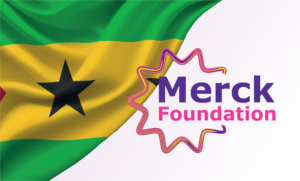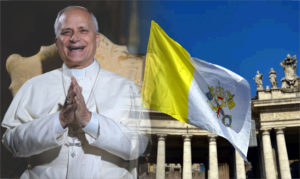The Price of Survival for African Countries With Worst Inflation Struggles from COVID Era to 2025
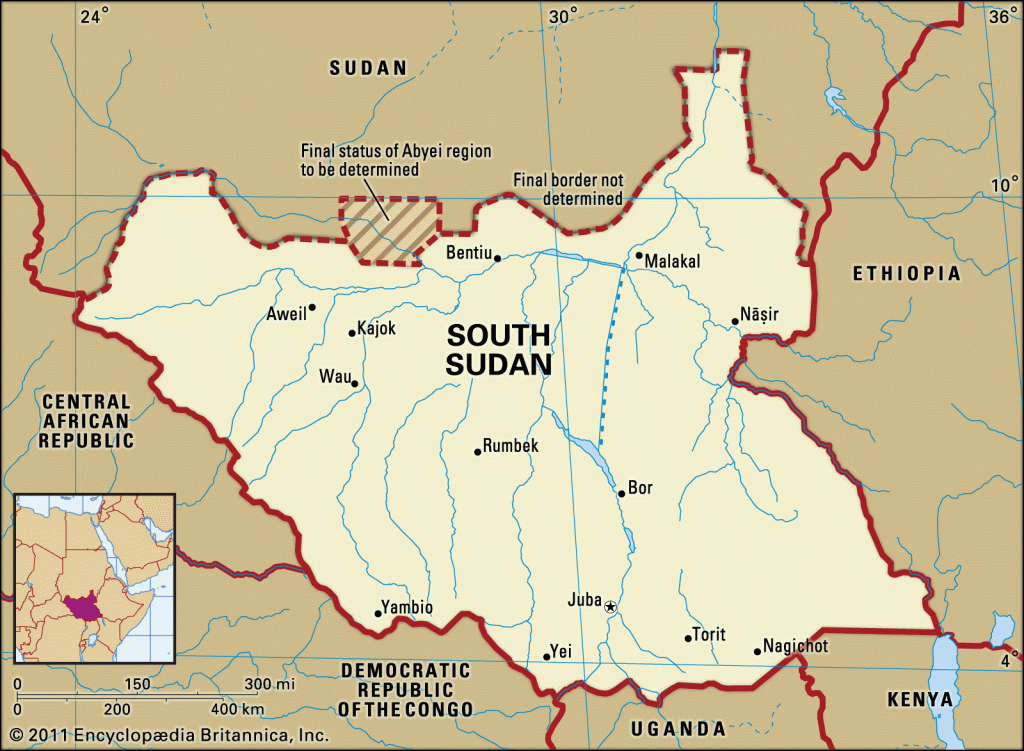
When the COVID-19 pandemic struck in 2020, it was not only a health crisis but also an economic earthquake that shook every household across Africa. Families who once stretched their income to cover food, transport, and school fees suddenly found that their money could buy far less than before. Markets that used to bustle with trade grew quieter and the price of everyday goods, from staple food to bus fares, rose at a pace that outstripped salaries. In the opinion of millions, the pandemic didn’t just steal lives, it stole livelihoods, savings and stability.
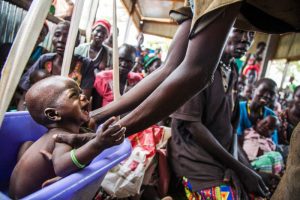
Five years later, the world has largely moved into a phase of recovery. Vaccines are widespread, economies are reopening, and global supply chains are slowly stabilizing. Yet for many African nations, inflation has been the silent thief. It has remained as an unforgiving reminder of how fragile recovery can be. While some governments have succeeded in keeping prices in check with tight monetary policies and relative currency stability, others remain locked in battles against spiraling costs driven by weak local currencies, debt overhangs, and dependence on imported essentials like fuel and food.
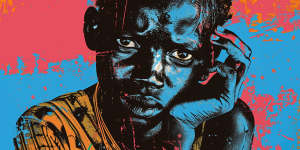
The consequences of inflation extend far beyond economic graphs and IMF reports. They seep into kitchens where parents debate whether to buy rice or cooking oil, into classrooms where children arrive hungry, and into hospitals where medicine is priced beyond reach. Inflation punishes the most vulnerable first: the low- and middle-income households whose wages have not kept pace, forcing them to make impossible choices between meals, transport, and healthcare. Even modest price increases can tip already fragile families into poverty or hunger.
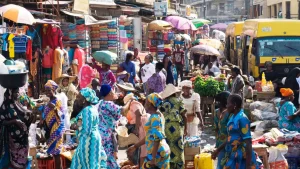
![]()

At the national level, inflation destabilizes entire economies. Governments struggling to plan development projects see budgets eroded by price volatility. Roads remain unbuilt, power projects stall, and funds are diverted from long-term infrastructure toward subsidies and short-term emergency fixes. Investors lose confidence in fleeing markets where uncertainty reigns. Policymakers are left in a tightrope act and are attempting to nurture economic growth without allowing inflation to spiral further out of control.
The social impact is just as profound. To the Africa’s restless youth, millions of whom already face chronic unemployment situation, the resultant effect, is a deepen frustration from economic soaring prices. Inflation becomes not just an economic condition but a political statement: a sign that their countries are adrift. From urban protests over food prices to rural households abandoning farms because fertilizer is unaffordable, inflation drives a quiet but steady erosion of trust in governments and institutions.
And yet, inflation is not uniform across the continent. Some countries have managed to contain it, while others have seen alarming increases since the pandemic years. Based on data from the International Monetary Fund, here are the
Top 10 African Countries with the Worst Inflation (2020–2025)
| Rank | Country | Inflation 2025 | Inflation 2020 | Differential |
| 1 | South Sudan | 65.7% | 24.0% | +41.7% |
| 2 | Burundi | 39.1% | 7.5% | +31.6% |
| 3 | Malawi | 24.2% | 8.6% | +15.6% |
| 4 | Egypt | 19.7% | 5.7% | +14.0% |
| 5 | Nigeria | 26.5% | 13.2% | +13.3% |
| 6 | Ghana | 17.2% | 7.3% | +7.3% |
| 7 | Madagascar | 8.4% | 4.2% | +4.2% |
| 8 | Mozambique | 4.9% | 0.9% | +4.0% |
| 9 | The Gambia | 9.3% | 5.9% | +3.4% |
| 10 | Botswana | 4.5% | 1.9% | +2.6% |
Topping the list is South Sudan, where inflation has soared to an alarming 65.7% in 2025, up from 24% in 2020. For a country already scarred by years of conflict, fragile governance and dependence on oil revenues, the pandemic’s shock compounded existing vulnerabilities. Currency instability, weak institutions and disrupted trade have driven up prices of food and essential commodities to record highs.

For ordinary South Sudanese families, the fallout is devastating. A bag of maize flour that was once affordable, now consumes a large share of monthly income. Livelihoods that survived years of war now falter under the invisible siege of inflation. In marketplaces across Juba, traders recount how even basic goods are priced beyond reach, while humanitarian agencies warn of rising hunger and malnutrition.
The COVID-19 pandemic left a legacy that goes far beyond public health in Africa. While much of the world has edged toward recovery, several African nations are still grappling with stubbornly high inflation, a burden that weighs most heavily on ordinary families. From Lagos to Bujumbura, rising food and transport costs have stripped households of purchasing power, forcing painful trade-offs between meals, schooling, and healthcare.
Inflation is not just an economic issue, it is deeply personal, cultural and political. In many homes, parents now ration food. In markets, traders face shrinking sales. And across cities, youth increasingly see spiraling costs as a symbol of stalled progress. Meanwhile, governments are caught between stimulating growth and containing runaway prices, often diverting funds from long-term development to short-term subsidies. The result is a cycle that undermines stability, expands poverty and erodes public trust.




